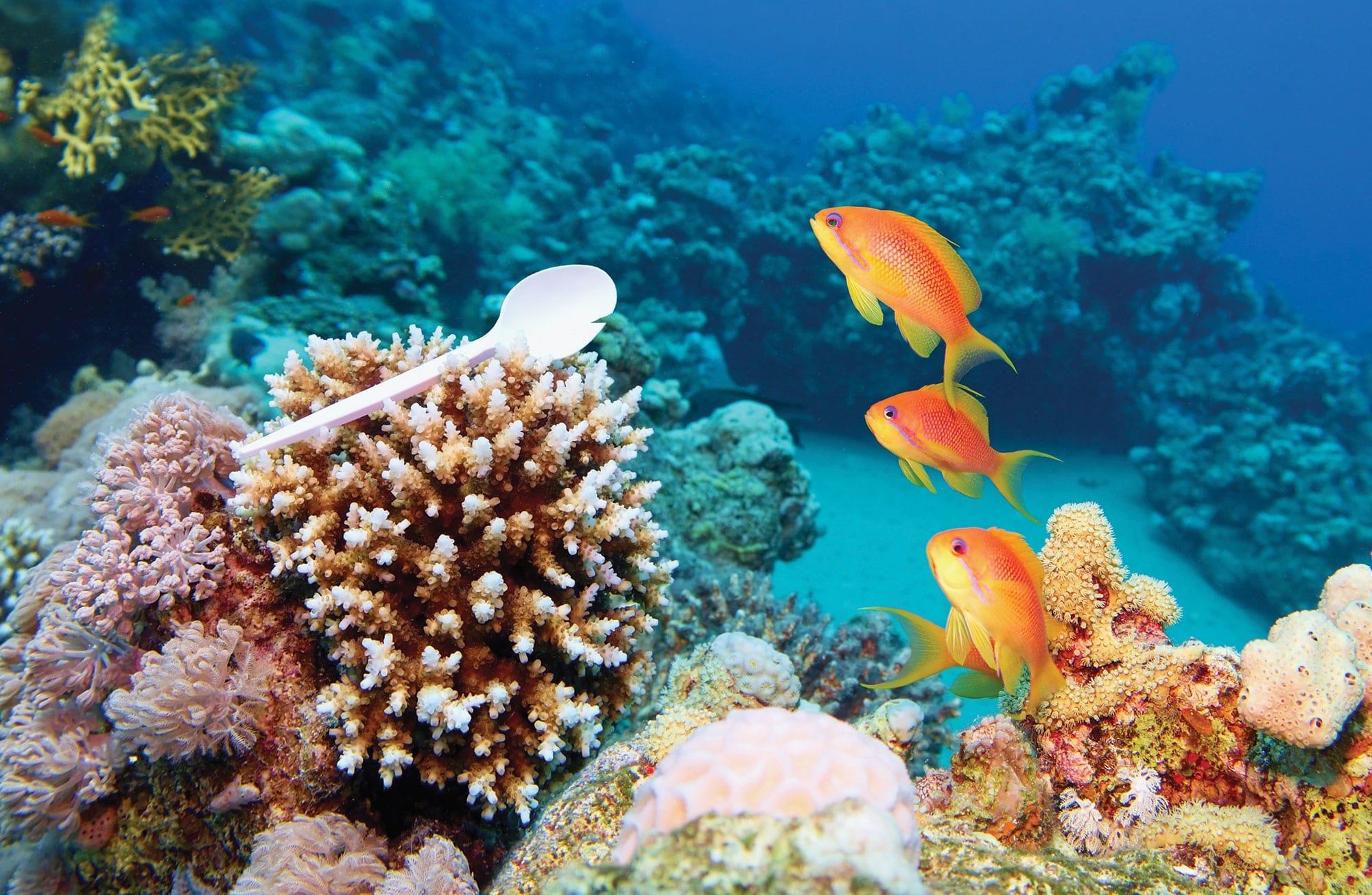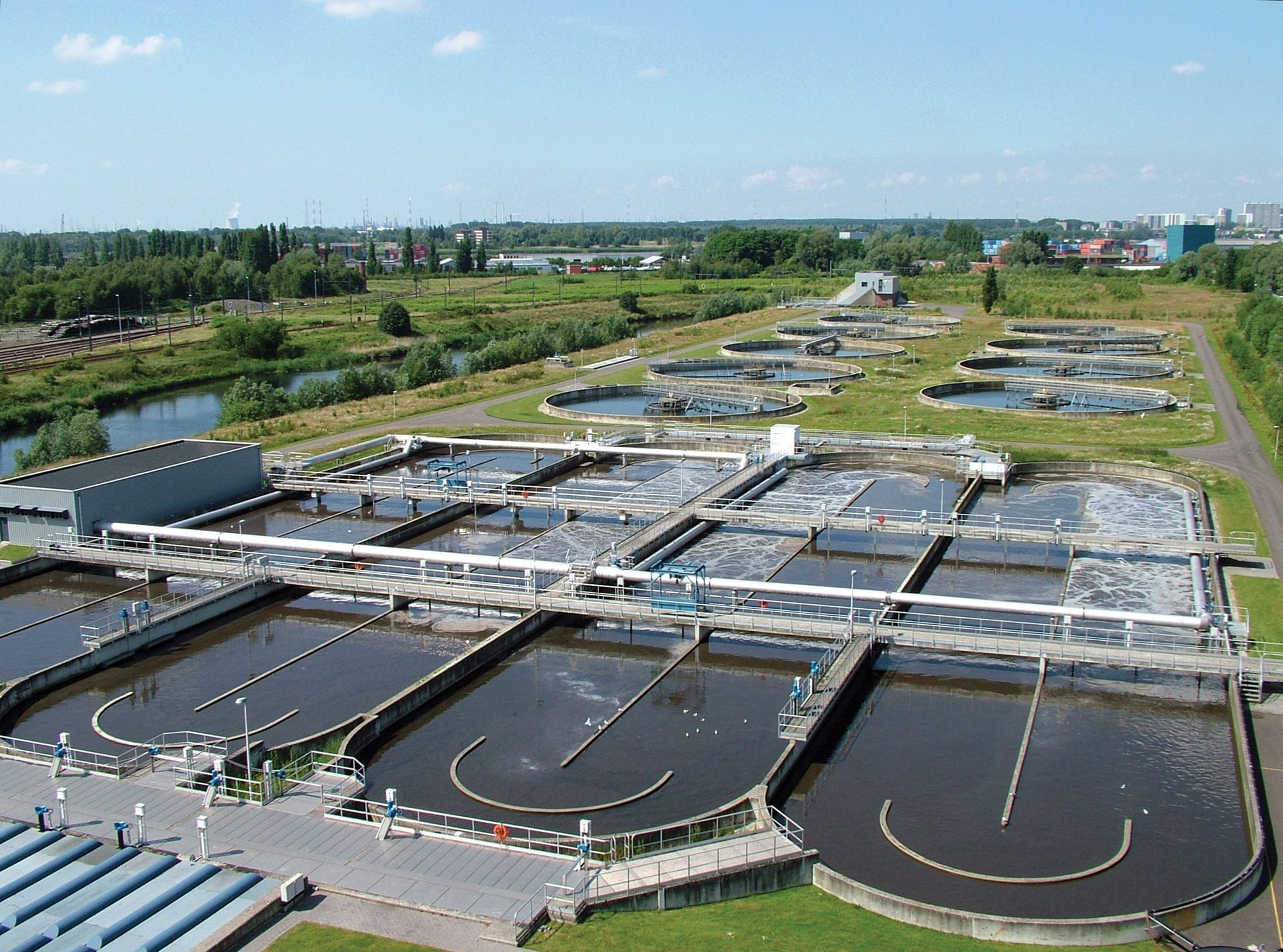Everything is changing, and water is in the middle of it all. New politics, new faces, policies under review… Here’s a glimpse at the different EU directives of the multi-dimensional water sector: water is in everything.
Europe is changing. The 2019 European Parliament elections reflected this, with the two traditionally strongest groups – the center-right Christian Democrats and the center-left Social Democrats – both losing seats. On the other hand, Greens, pro-EU centrists and liberals and Eurosceptic forces all made gains.
Coupled with this shift, the European Commission is changing, with the president-elect, Ursula von der Leyen, driving an agenda for a more sustainable, ‘zero-pollution’ green deal. This is to be achieved thanks to an inter-departmental strategy that addresses water quality as well as hazardous substances, industrial emissions, amongst others.
EurEau shares this view. And it is timely that the EU institutions are making this commitment as the EU’s water policies are in the midst of being reviewed and revised.
We consider environmental protection paramount to EU law; it is time that the principles of precaution, prevention and polluter-pays are transformed from vague words that are largely ignored into the robust ideals they are.
By keeping harmful pollutants out of our water, we can go a long way to safeguarding our supply, avoid costly treatments and contribute to the Circular Economy and meet the Commission’s zero-pollution ambition. Naturally, this zero-pollution ambition will directly affect EU legislation governing the water sector.

The Drinking Water Directive is already close to adoption. A number of quality parameters were revised to further protect consumers. A risk-based approach will be implemented comprising drinking water resources, production and supply, and distribution systems in buildings. Importantly, the new directive will put in place an approval scheme for materials in contact with drinking water. This will guarantee that the products our water operators procure on the market do not release hazardous substances.
The Regulation on Water Reuse should also be approved soon. It will set minimum requirements for treated wastewater that is used in agriculture and introduce risk management plans. The regulation will guarantee that crops irrigated with treated wastewater are safe for human consumption.
Two other highly relevant pieces of legislation are currently in the evaluation process and will probably be revised over the next two years. The Water Framework Directive requires that all European water bodies achieve good ecological status by 2027 at the very latest. The Urban Wastewater Treatment Directive sets minimum requirements for the effluent of wastewater treatment plants. Both directives will play an essential part in achieving the zero-pollution ambition. However, both directives legislate ‘downstream’.
It is time that the principles of precaution, prevention and polluter-pays are transformed from vague words into the robust ideals they are.
The drafts for the next Common Agricultural Policy (CAP) presented in June 2018 further developed the concept of “greening”, i.e. remunerating farmers based on environmental measures – an initiative that has so far been unenforceable. EurEau continues to call on EU policy-makers to keep essential environmental credentials of the Commission proposal in the final text. They include the mandatory use of the Farm Sustainability Tool for Nutrients and the obligation to offer well-funded eco-schemes and strengthened “conditionality”. This means the CAP must be closely linked to the objectives of the Water Framework Directive and the requirements of the Drinking Water Directive. Farmers play a crucial role in guaranteeing our food, but it must be done in such a way so as to protect environment and health. Hence, payments to farmers should be linked to protection, as proposed by the Commission.
All of these policies will impact on the quality of our water at all stages of the water cycle, and ultimately on the price consumers pay for it.
Implementing the Polluter Pays Principle
Every human, animal and industrial activity impacts on our water as eventually the components, chemicals and fallout from these ends up in our rivers, lakes and seas. Removing these relies of varying levels of treatment. This is why we must avoid a situation in which pollution is tackled through end-of-pipe measures. We are pushing for source- control measures that will prevent the pollution of our environment, and, if this alone is not sufficient, that polluters are responsible for returning the environment to its natural state.
Component materials and how these react in the environment is key. Producers must assume responsibility for the products they design and place on the market. Fewer harmful substances released will also reduce the overall exposure of the population to chemicals and will be a strong driver for product innovation.
This is where Extended Producer Responsibility (EPR) can be used to implement the Polluter Pays Principle, as enshrined in the EU Treaty. It works on the reasoning that a producer is responsible for the whole life-cycle of a product and how these break down in the environment.

The EU is increasingly applying the Polluter Pays Principle, for example through the Single Use Plastics Directive, as adopted earlier this year.
One area where a lot of progress could be made is in pharmaceuticals. Pharmaceuticals is a group of micropollutants that is likely to grow in importance over the next decades as the sheer number of chemicals increases, and as our population ages and depends on more medication. The European Commission’s Strategic Approach to Pharmaceuticals in the Environment (March 2019) 4 identifies six action areas the Commission will target to better protect the environment.
- Raising awareness and promoting the more careful use of pharmaceuticals
- Improving training and risk assessment
- Information and monitoring
- Promoting and incentivizing ‘green design’
- Reducing emissions from manufacturing
- Reducing waste and improving wastewater treatment
The actions cover pharmaceuticals for human and veterinary use during their whole life-cycle, from design and production to disposal and waste management.
EurEau is pleased that the proposed strategy is looking at the full lifecycle of pharmaceuticals and that the Commission intends to fill knowledge gaps. We also welcome the fact that the pharmaceutical industry will have to explore how EPR can be used to improve the efficacy of water treatment. This could avoid increased water bills for consumers provided this rather vague wording translates into real obligations.
Fewer harmful substances throughout our water-cycle benefits everyone.
Nevertheless, the Strategic Approach remains weak in a number of respects. There is no mention of improving the way the Environment Risk Assessment is taken into account in the authorization process for human pharmaceuticals. The review of the functioning of the interface between the medicinal products legislation and the chemical legislation has disappeared from an advanced version made public by an EU media outlet in 2018. The same goes for the technical and financial obstacles for wastewater treatment that should be overcome.
EurEau wants the EU to be more ambitious
The EU is reviewing all of its water legislation. Legislators should take the opportunity to cement the Control at Source, Polluter Pays and Precautionary Principles into our directives and regulations. We want the European institutions to:
- Adopt a holistic approach to micropollutants through making producers responsible for the whole life-cycle of products they place on the market
- Use the REACH authorization process more frequently, identifying additional substances of concern and using the authorization and restriction processes on persistent, mobile and toxic substances
- Make the producer pay for damage to the environment or any measures taken down the supply-chain to avoid the release of pollutants into the environment
- Encourage the development of innovative products that are environmentally-friendly and use eco-design and eco-label criteria more extensively to reduce harmful components from later leaching into the environment
- Raise awareness among citizens and encourage everyone in society to make more environmentally-conscious decisions

EurEau works with the European institutions to protect consumers and the environment. Fewer harmful substances throughout our water-cycle benefits everyone. The EU and Member States need to act. The legal basis needed to
protect human and environmental health is there. The end-of-pipe (wastewater treatment plant) solution, which is often the default response, is not a sustainable one. Each revision of relevant EU legislation should be used to ensure that our laws are more effective.
Time will tell if the commitments being made in Brussels will be honored. We will be there to remind our policy-makers of their promise and to ensure they deliver on making our water cleaner and healthier for all.